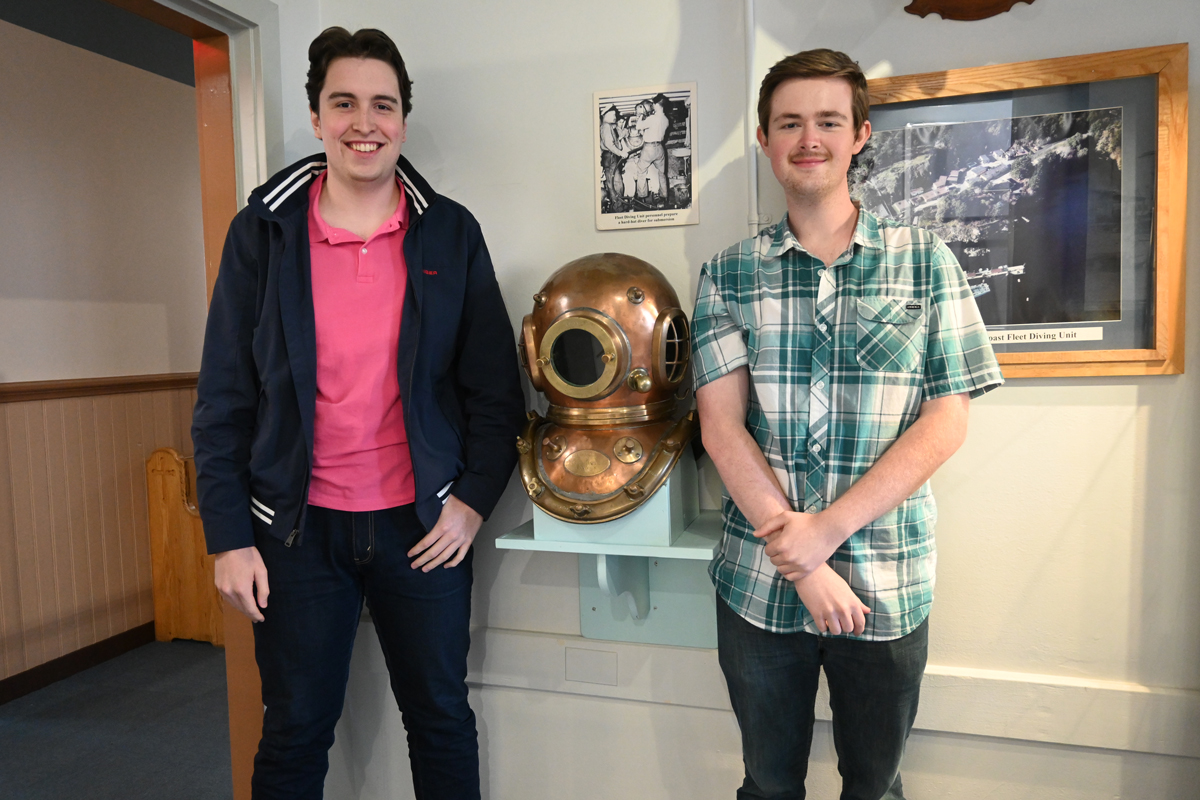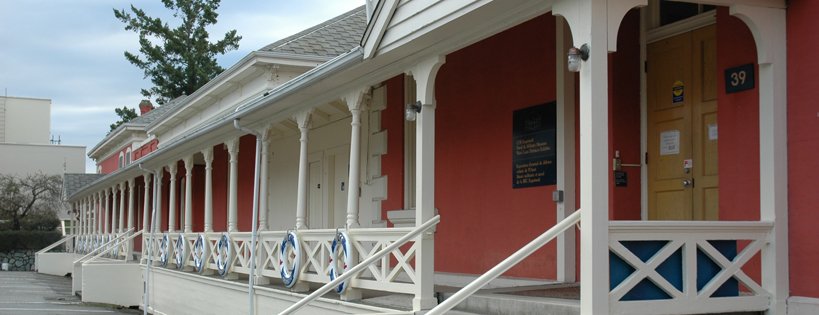CFB Esquimalt Museum Open Weekends and Adds Tours
By Lookout Production on Jul 11, 2022 with Comments 0
Base Museum now open weekends – and two summer students are giving free personalized tours!
The CFB Esquimalt Naval and Military Museum may be the best museum you’ve never had a chance to visit – especially for those interested in naval and military history.
Throughout the rest of the summer, until September 2nd, the museum will be open 10:00 am – 3:30 pm, seven days a week. In recent history, the museum has been open weekdays only but it has taken on two summer students from the University of Victoria, James Coe and Matthew Kerr, who are offering personalized weekend tours. The museum is packed with interesting artifacts and stories about the Royal Canadian Navy and military’s past.
For more information about the museum, contact Curator Tatiana Robinson at 250-363-4312 or Assistant Curator Joseph Lenarcik at 250-353-5655.
There is a ton of great stuff at the museum to see and here are the CFB Esquimalt Curator’s favourite museum artifacts to get you started:
- 1950s United Nations flag: The museum has a handmade flag that was used by HMCS Sioux while it was enroute to Korea in the 1950s. The Yeoman George Mannix made it because they were sailing on a UN mission, yet the UN flag was so new they hadn’t distributed flags yet. The fabric of the flag is blue wool bunting with white canvas applique made from whatever materials were to hand as there was no UN flag available on the ship.
- Wren windbreaker jacket: It’s really cool to see this common commemorative Wren windbreaker jacket. The museum has a jacket worn by retired Wren Jessie Lane (Mableson). The jacket is embroidered with all the WRCNS reunions that Ms. Lane attended, two ship badges are on the sleeves, “Huron” and “Mackenzie”; her nickname “Jay” is also on the jacket. It really shows how important being a Wren was to Jessie. The reunions were a way for Wrens to keep in touch and remember shared experiences.
- A Carley Float: The Carley float was an invertible life raft invented by Horace Carley (1838–1918). It was used in both World Wars and on many warships. It is made from a length of copper or steel tubing with compartments inside the tubing to make it stay rigid and buoyant. The one we have is in great condition and you can see all the survival supplies they would have carried. These little vessels would increase survival rates at sea in the event of a ship sinking due to attack.
- A Salvage Diver’s Suit, Helmet and Boots: Our diver’s suit is just really amazing to look at. The profession of a salvage diver is inherently risky due to the many variables present when diving underwater while wearing cumbersome gear. The extremely heavy brass, glass and metal helmet that we have on display would have weighed heavily on the diver’s shoulders and they would have required assistance to put on all that gear. It’s great to see something like this, it looks like it is right out of a different time.
- A vintage sextant that was used between 1900 and 1950. This navigational instrument was used for taking celestial navigation sightings in a maritime setting. This one was made by Heath and Company in New Eltham, London, England; founded in 1845. What I love about this sextant is that it is a beautiful example of a precision scientific instrument. It is still an excellent backup for navigation when GPS or electricity fails aboard a vessel.

CFB Esquimalt Naval and Military Museum summer co-op students James Coe (left) and Matthew Kerr (right) stand beside an antique divers helmet in the museum’s collection. The museum is open on weekends all summer and James and Matthew are offering free personalized tours. Photo by Hadley Parsons, CFB Esquimalt Public Affairs
Filed Under: Featured
About the Author:






